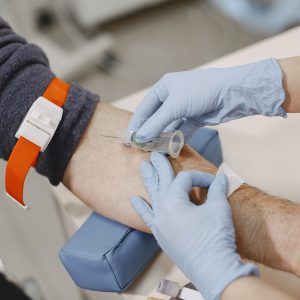Description
A rest ECG or electrocardiogram is one of the most common cardiac testing procedures that we perform at our clinic. It is a simple, fast, non-invasive test that can provide very valuable information about your cardiac health.
When you have a resting ECG, you will be asked to lie down and relax for about five minutes. During this time, a series of electrodes, attached to your skin with small sticky pads, will be recording the electrical activity going on in your heart. The electrodes are just recording devices, which can’t send out any electrical impulses of their own, so you won’t feel a thing. The information they gather is transmitted back to the ECG machine, which will produce a chart or electrocardiogram showing how the electrical activity changes over time.
When we look at this rest ECG chart, we can identify peaks and valleys that show when the upper and lower chambers of your heart are contracting and relaxing. If your heart is healthy, these peaks will form a characteristic pattern and they will occur at a regular rate of between 60 and 100 beats per minute. If the rate is irregular, or if the peaks don’t match the usual pattern, we can often identify the reasons why. Specific heart disorders can produce recognisable patterns on the ECG, so we might be able to diagnose a particular kind of arrhythmia, or to spot signs that your heart has been damaged by a heart attack in the past. This makes the ECG a powerful tool for diagnosis and cardiac screening.








Leave feedback about this